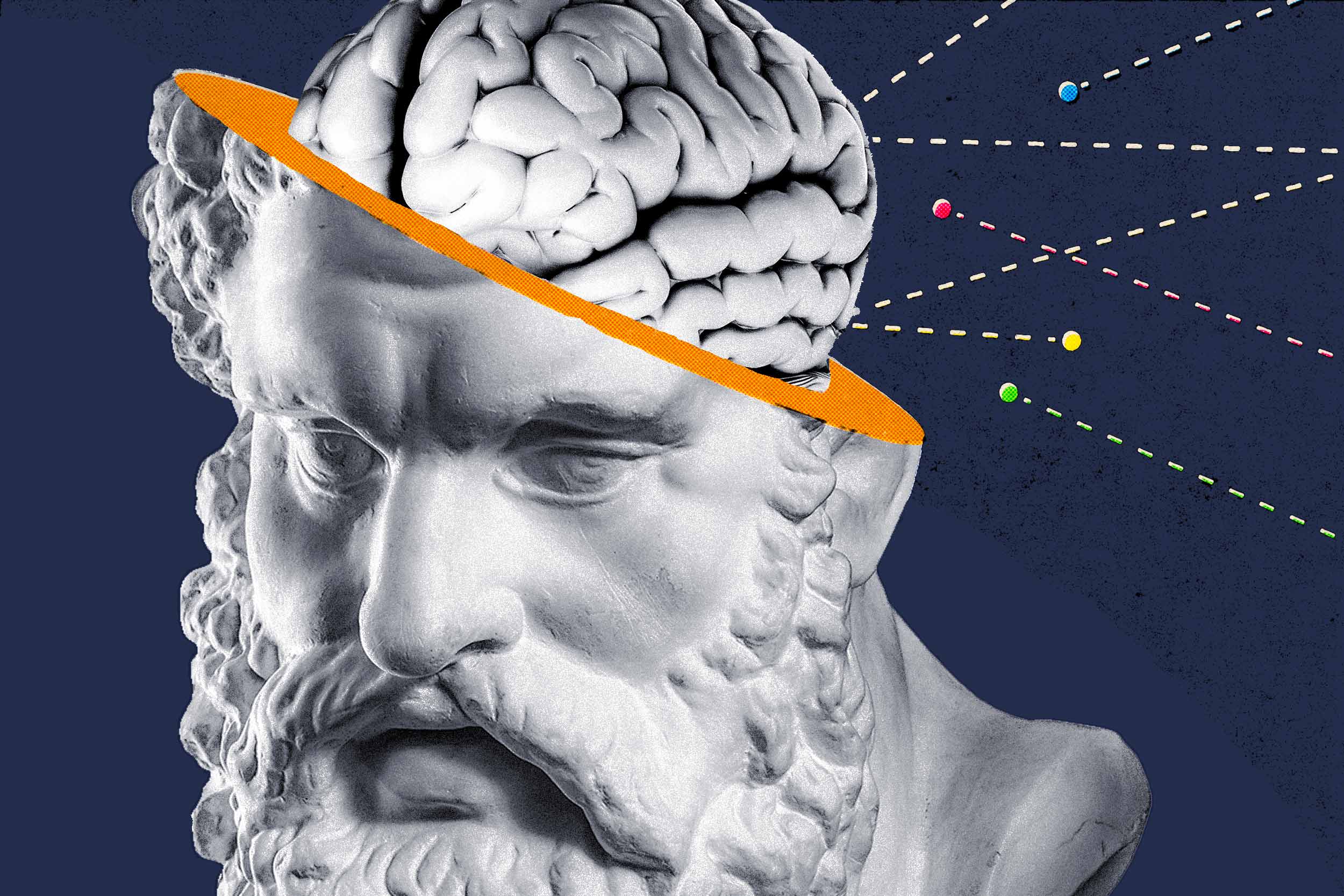A new way of thinking about Alzheimer’s disease has led to a discovery with the potential to stop the cognitive decline seen in patients with Alzheimer’s and other neurodegenerative diseases, according to University of Virginia researchers.
The scientists are investigating whether Alzheimer’s may result in part from the immune system’s faulty attempt to repair DNA damage in the brain.

John Lukens directs UVA’s Harrison Family Translational Research Center in Alzheimer’s and Neurodegenerative Diseases. (University Communications photo)
Researchers at the UVA School of Medicine found blocking a brain-defense molecule in mice prevented memory loss and other signs of mental decline. The molecule, called STING, triggers the buildup of the toxic plaques and tangles linked to the disease.
When researchers blocked STING, the mice were protected from memory loss and other signs of mental decline.
“Our findings demonstrate that the DNA damage that naturally accumulates during aging triggers STING-mediated brain inflammation and neuronal damage in Alzheimer’s disease,” said researcher John Lukens, director of UVA’s Harrison Family Translational Research Center in Alzheimer’s and Neurodegenerative Diseases. “These results help to explain why aging is associated with increased Alzheimer’s risk and uncover a novel pathway to target in the treatment of neurodegenerative diseases.”
STING, a key part of the brain’s immune system, may also contribute to Parkinson’s, ALS, dementia and other memory-related diseases. Targeting STING could lead to treatments benefiting patients with these serious conditions.
Alarming Trends in Alzheimer’s
Alzheimer’s is a growing crisis, affecting more than 7 million Americans today – a number that could surpass 13 million by 2050. Researchers are racing to better understand and treat the disease.
While the causes of Alzheimer’s remain unclear, scientists are increasingly recognizing the immune system’s role in the disease. STING, an immune molecule helping to clear viruses and damaged cells, is part of that response. Though it defends the brain, STING can become overactive, triggering inflammation and tissue damage.
Curious about its role in Alzheimer’s, Lukens and his team blocked STING in lab mice. The result was reduced plaque buildup, changes in immune cell behavior and shifts in gene activity linked to the disease.










